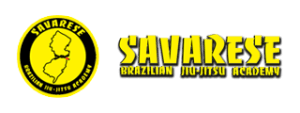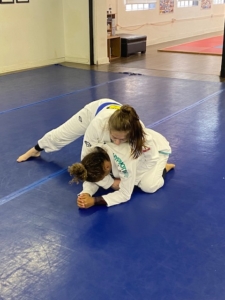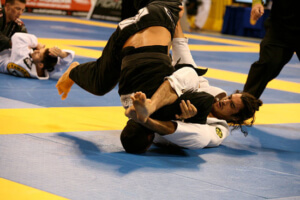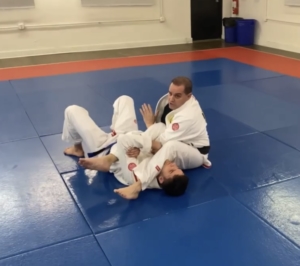Have a game plan for your BJJ training
Have a game plan for your BJJ training
Always have a game plan for your BJJ training. You must have a purpose: The single most important thing you carry into your daily workout is not your skill, your knowledge or your desire or most of the things mentioned in this regard, it’s a sense of purpose that is needed most. Either you know yourself if you are an advanced student or listen and follow your instructor plan and curriculum, especially if your school has a history of success and the upperbelts in the training room are good. Know what you want to work on and achieve in every session and you will soon find that progress becomes the norm rather than the exception. Time spent just rolling around sparring is fun and it’s fine to do that periodically or on light days, but it does very little to make you better than you were before you walk in the training room. Drilling has a better effect. Going in to a workout knowing what you are trying to achieve and having a simple game plan for it makes a HUGE difference. Working on a particular weakness in your game is a great example of this. When the workout is over, you will have a sense of improvement and a sense of what you you need to do tomorrow. If you continue such workouts over time, you can achieve things that once seemed impossible and you will see a clear difference in your BJJ game.



